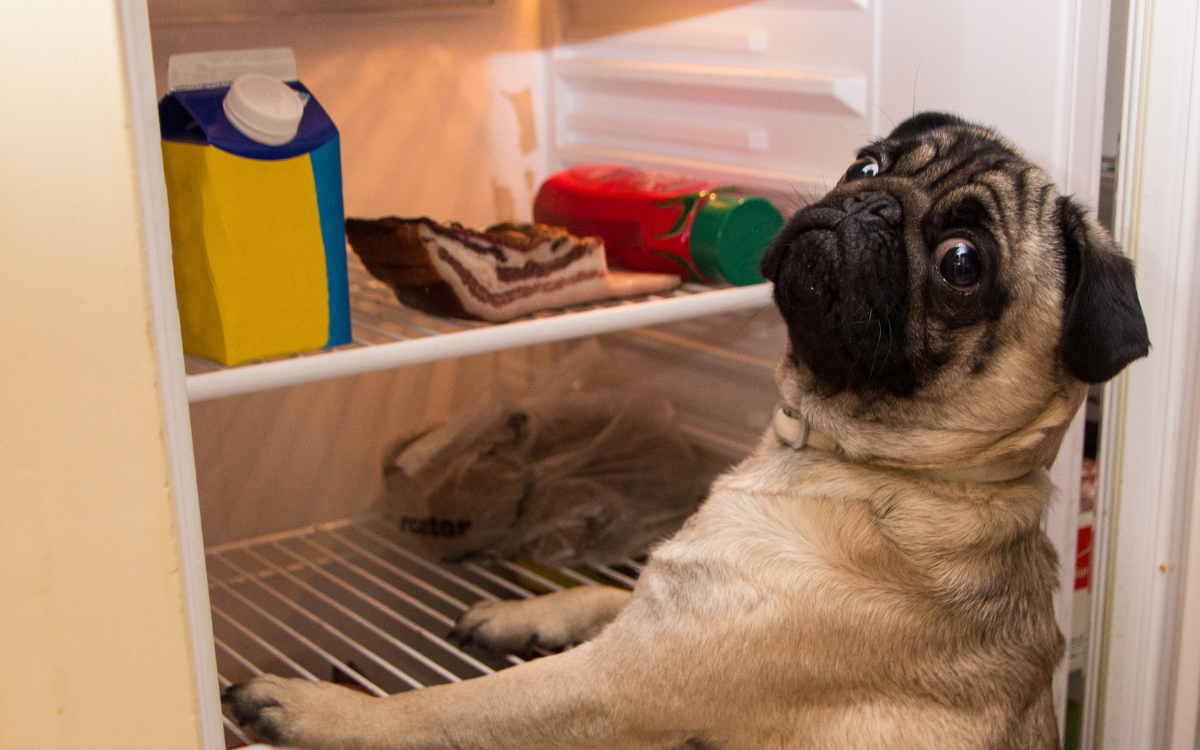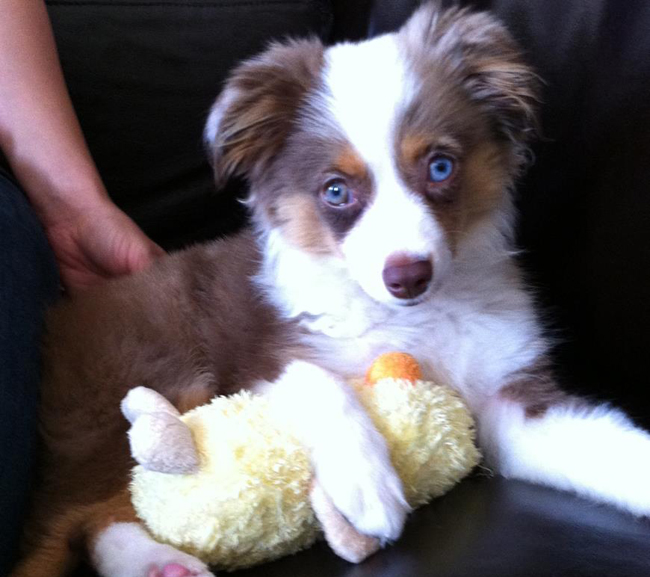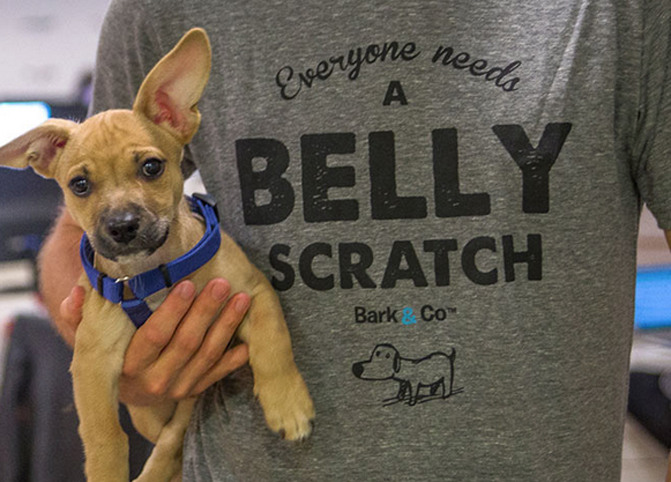For Pups With Short Attention Spans…
“ACL,” or cranial cruciate ligament, tears is a common injury seen in an athletic breed like Labrador retrievers. Although genetics plays some role in this frequency, joint health, frequency of exercise, types of exercise, and weight are other significant contributing factors. It is important for Lab owners to monitor their dogs health, exercise, and weight, to prevent any undue strain on their dog’s ACL.
If you have a Labrador, you’ve likely heard they are at increased risk for “ACL” tears. So what exactly does that mean? You may have heard of pro athletes tearing their ACL, but unless your pup is Air Bud, that probably doesn’t help much. Let’s take a look at what a dog’s “ACL” is, how tears happen, and what you can do to prevent them.


What Is a Dog’s “ACL?”
First off: ACL is actually the human term. In dogs, it’s referred to as the cranial cruciate ligament, or CrCL. The structures connect the same parts and perform similar functions in humans and dogs. Most people are familiar with ACL tears from athletic injury in people, so for sake of simplicity that’s the term we’ll use moving forward.
In dogs, there are many factors that contribute to risk of an “ACL” tear. First, let’s go over the basics of “knee” (a.k.a. stifle) anatomy, function, and what happens in an “ACL” tear.
What Happens When a Dog Tears Their “ACL?”
In dogs, the “knee” is the joint in the back leg between the femur, tibia and fibula. This joint is stabilized by passive structures (ligaments, menisci) and active structures (muscle groups). The active structures support the joint when the muscles contract and maintain tension on the respective tendons.
The “ACL” is a passive structure, with no muscle needed for it to work. It connects the back of the femur (the bone above the knee) to the tibia (the large bone below the knee). When the “ACL” is intact, it prevents the calf from slipping forward of the thigh during weight bearing. When the “ACL” tears, this support is gone and the calf slides forward every time the dog steps on that leg (as you can probably guess, this hurts!).
In some cases, when an “ACL” tears, the meniscus is also damaged. The meniscus provides multiple functions: it cushions the femur and tibia, provides some joint stabilization, and it supports joint nutrition and lubrication, which helps minimize inflammation. All told, an “ACL” tear can have a massive effect on your pup’s quality of life.
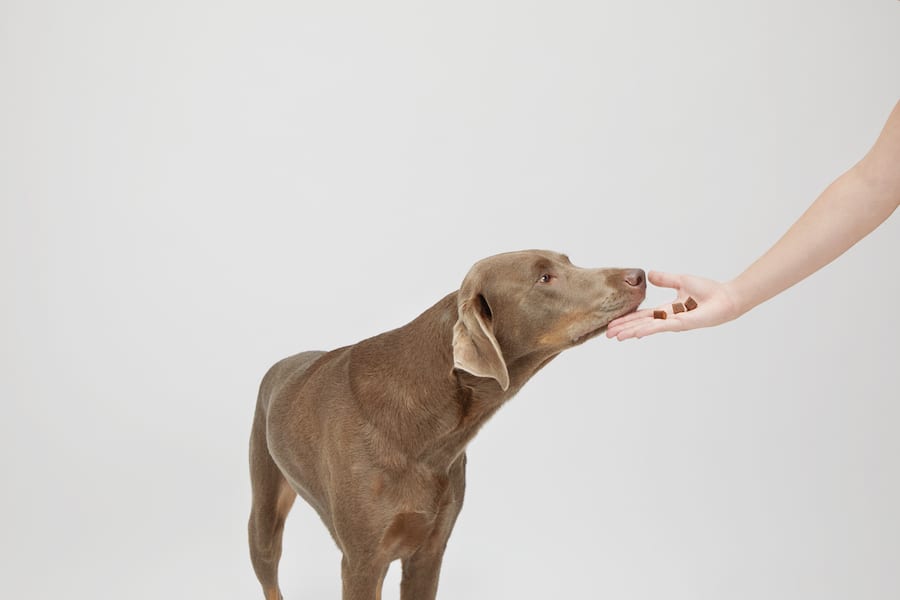

When a dog gets an “ACL” tear, they usually go from completely normal gait to a toe-touching limp in an instant. Sometimes, the dog is in the middle of play, but other times they are simply moving about calmly and cry out for no apparent reason.
Why Are Labrador Retrievers At Higher Risk For “ACL” Tears?
There are a number of genetic, movement, and disease factors that increase a Labrador’s risk of an “ACL” tear. Understanding these common causes can help treat and prevent tears.
Genetic Factors
Research using mathematical models suggests that the likelihood a Labrador will have an “ACL” injury is inheritable1. However, while research is ongoing, we still don’t know the root cause. Some theorize that certain individuals or groups, like Labrador Retrievers, are more prone to degeneration of the “ACL” (that is, a slow breakdown over time that the body is not able to heal normally)2. Others theorize Labs may have a lower number of elastic fibers in the “ACL.” Until more research is complete, we won’t be able to state conclusively.
Genetics also play a role in conformation, or how the body is built, which can significantly influence how much work the “ACL” has to do. If a dog has poor conformation (bow leg, post leg, etc.), it changes the way the leg functions and can increase the load put on the “ACL.” The increased load increases the risk of having a tear at some point.
Many Labs have been bred for their fantastic personalities, especially for families with young children. Responsible breeders are aware of the genetic connection to “ACL” tears and will actively work to breed dogs less likely to have this issue. But until the genetic connection is identified, the best thing you can do is develop good open communication with your veterinarian. They will help you manage whatever comes your dog’s way.
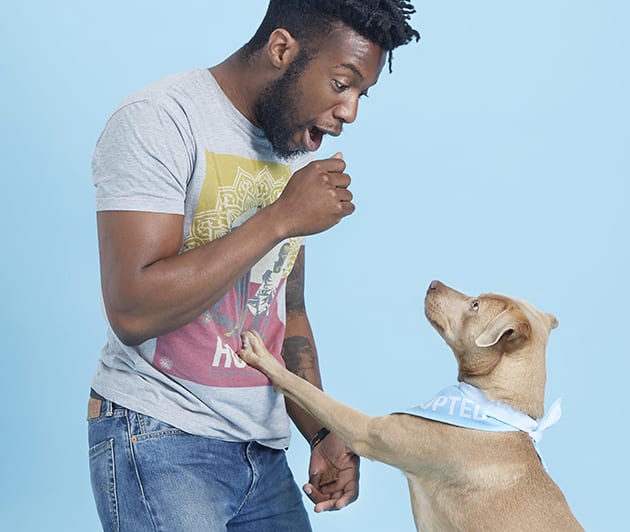

Movement Factors
The control and coordination of the body, as well as how the legs are used, can influence your Labrador’s risk for “ACL” tears. It can have a big impact on how well they use and support their knees during different activities. This is mostly a subconscious process: sure, your dog decides to walk, but not which nerves fire, causing muscles to contract so that they can walk.
If these systems are unbalanced (usually pet owners report limping or weird movement), that can increase stress on the “ACL” and result in injury, especially with long-term lack of control and coordination.
This is especially true in dogs that have poor proprioception, or the awareness of where their body is in space. Dogs put most of their weight on the front legs and are more aware (have better proprioception) when compared to the back. In severe cases, this can be noted by your veterinarian. Frequent stumbling, falling, or missteps of the hind legs could be signs of decreased levels of body awareness.
If you are concerned about how your dog walks, have them evaluated by a veterinarian to make sure there is nothing more going on. Your veterinarian can even refer you to a veterinary physical therapist. The goal of physical therapy with your dog is to teach you and your dog exercises that will increase awareness and strength. Sometimes, they just need to be taught how to walk in a way that is healthy for their body3.
Lifestyle Factors
How your dog uses their body (of their own choice or through encouragement from you) can also influence the risks your dog has of an “ACL” tear. Just like in human athletes, high-intensity explosive actions put a lot of stress on the “ACL” and can result in injury. Things like playing fetch, dock jumping, or suddenly sprinting after small animals (squirrels or rabbits, for example) are classic culprits that can trigger an “ACL” injury.
Don’t worry, we’re not discouraging fetch! Simply noting that, an enthusiastic round of fetch is sometimes the final straw for the “ACL.” As an owner, encourage your dog to have an exercise routine that promotes balanced muscle development and pursue activities that your dog’s body is ready for. Just like a person can’t go from laying on the couch to running a marathon, your pup can’t go from the backyard to running the Iditarod. Many Labs are eager and enthusiastic to do whatever their human companions want, so make sure your dog can handle what you ask. They may not know their own limits!
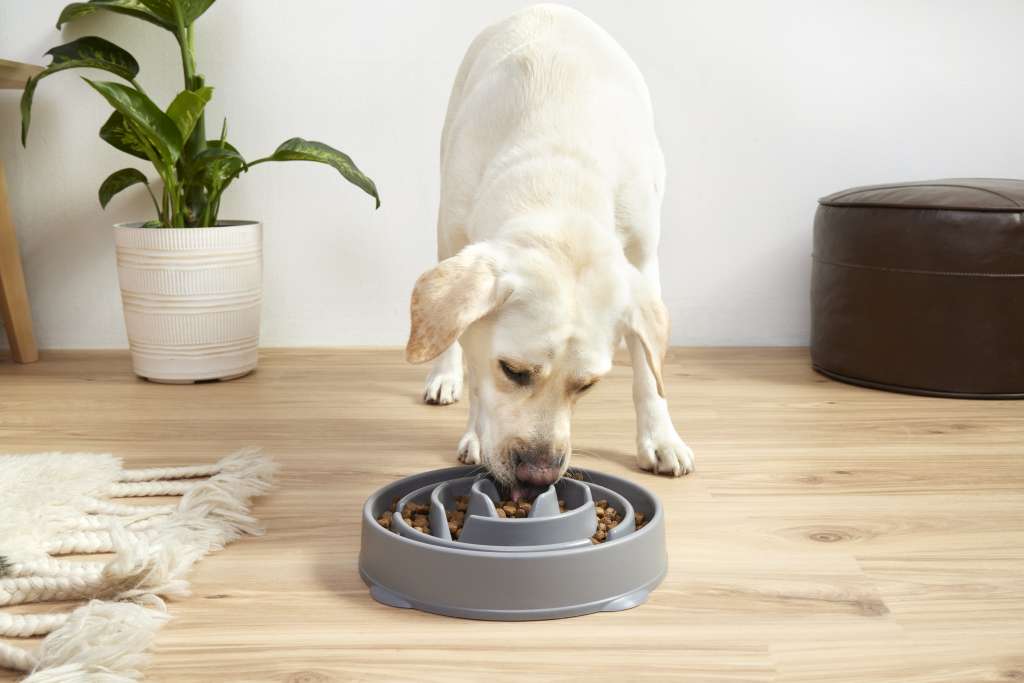

Disease Factors
Inflammation of both the “knee” joint and the body can increase the risk for “ACL” tears. When there is inflammation in the “knee” joint itself, the joint is often used inappropriately and leads to unbalanced forces (a.k.a. limping). If inappropriate use of the “knee” happens for a long time, this can lead to damage to cartilage and arthritis, which causes the cycle to continue. Long term unbalanced forces can cause extra stress on the “ACL” that increases the risk of tearing.
This is even true when the inflammation is elsewhere in the body. When the body mounts a significant inflammatory response, the body produces something called inflammatory mediators. These circulate through the whole body and can affect unintended tissues. If these reach the “knee” and affect the structures supporting the “knee,” it’s possible to see decreased integrity of the joint, resulting in increased risk of “ACL” tear.
Related Article: 5 Ways Dental Disease Affects Your Dog’s Health
If you notice your dog limping (or they’re otherwise unwell in any way), seek veterinary care promptly. Even if the issue is not with your pet’s “knee,” managing the issue and inflammation may prevent injury of the “ACL.” If your vet cannot get your dog in immediately after an injury, minimize activity and cold compress of the sore area until reaching your veterinarian3.
Weight Factors
We get it, this can be a touchy topic. Most people understand being overweight is not good for health in general. That’s equally true for Labradors. Being overweight increases the amount of work the musculoskeletal system does. As a part of the musculoskeletal system, the “ACL” shares this increased workload.
Weight is not an easy thing to change quickly, resulting in chronic overuse and stress. This can result in many orthopedic injuries, “ACL” tear included. Dogs are hard to monitor for weight, especially if they have a thick coat. Knowing your pet’s body condition and how to monitor it at home is a great way to know if your pet is getting a little too heavy. If you’re unsure, ask your vet during your dog’s regular check-up.
If your Labrador is overweight and you are trying to figure out a food and exercise plan, start by writing down everything your pet eats (food, treats, supplements, medication, etc.) and all activity, including duration, for a normal week. Then, partner with your veterinarian to figure out the best way to get the weight off. There are some diseases that cause weight gain and make weight loss very difficult, so make sure your pet is otherwise healthy before starting any weight loss strategy.
Spaying and Neutering
Fixing (neutering or spaying) under the age of 6 months is associated with increased risk of orthopedic injuries, including “ACL” tears. You can read more about the pros and cons of fixing your pet and timing here. If your pet has not been fixed yet, please discuss what timing would be best with your veterinarian.
Related Article: Spaying Or Neutering Your Dog: Benefits, Risks, & Everything Else Your Vet Wants You To Know
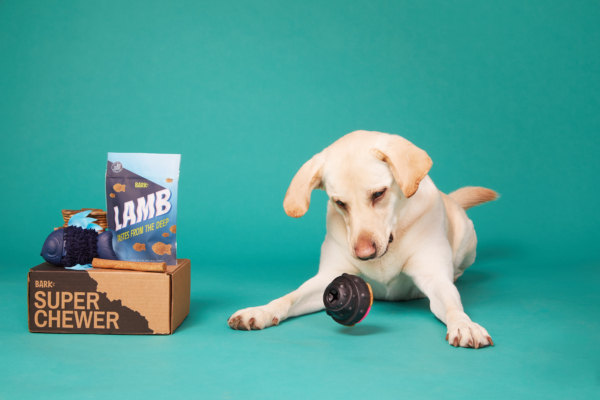

What Can You Do To Reduce The Risk of “ACL” Tears?
Don’t let the risk factors scare you too much: Labradors are fantastic pets! If you have a Labrador, here’s a list of things you can do to manage the risk of an “ACL” tear.
- If you are looking for a Labrador, but don’t have one yet, ask the shelter or breeder about what risks their dogs have, and what they are doing to reduce “ACL” tears in their Labradors
- Keep open lines of communication with your veterinarian
- Make sure your pet is on an age-appropriate diet throughout their life
- Maintain a healthy weight and appropriate growth (you don’t want them growing too quickly!)
- Discuss when spaying or neutering is appropriate with your veterinarian
- Maintain a consistent exercise routine that is within your dog’s ability
- Discuss if/what joint supplements are appropriate for your dog with your veterinarian
- If your dog starts limping for any reason, have them rest (no running, jumping, or exercise!) until you have them evaluated by a veterinarian
- If your pet has any signs of illness, have them addressed by your veterinarian promptly (inflammation, even in other parts of the body, may cause issues elsewhere)
Colleen Ferriman, DVM, is a canine and feline health, wellness, and illness management advocate. She has a combined 10 years of experience in clinical medicine, education, and educational content development. Colleen graduated from Colorado State University as a Doctor of Veterinary Medicine, has worked as a general practitioner, and has contributed to the development of veterinary educational tools. She is also a member of the American Veterinary Medical Association and American Academy of Veterinary Pharmacology and Therapeutics.
Sources
1 Cook, S. R.; Conzemius, M. G.; McCue, M. E.; & Ekenstedt, K. J. (2020). “SNP-based heritability and genetic architecture of cranial cruciate ligament rupture in Labrador Retrievers”. Animal genetics, 51(5), 824–828. https://doi.org/10.1111/age.12978
2 Smith, K. D.; Hayashi, K.; Clements, D. N.; Clegg, P. D.; Innes, J. F.; & Comeford, E. J. (2017). “Variation in the Quantity of Elastic Fibers with Degeneration in Canine Cranial Cruciate Ligaments from Labrador Retrievers”. Veterinary and comparative orthopedics and traumatology, 30(6), 398-402. https://www.vin.com/doc/?id=8347882
3 Pierce, B. J.: “Avoiding the Surgeon: Creating the Healthy Stifle”. Atlantic Coast Veterinary Conference 2014. https://www.vin.com/doc/?id=7079289



